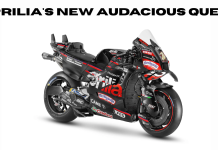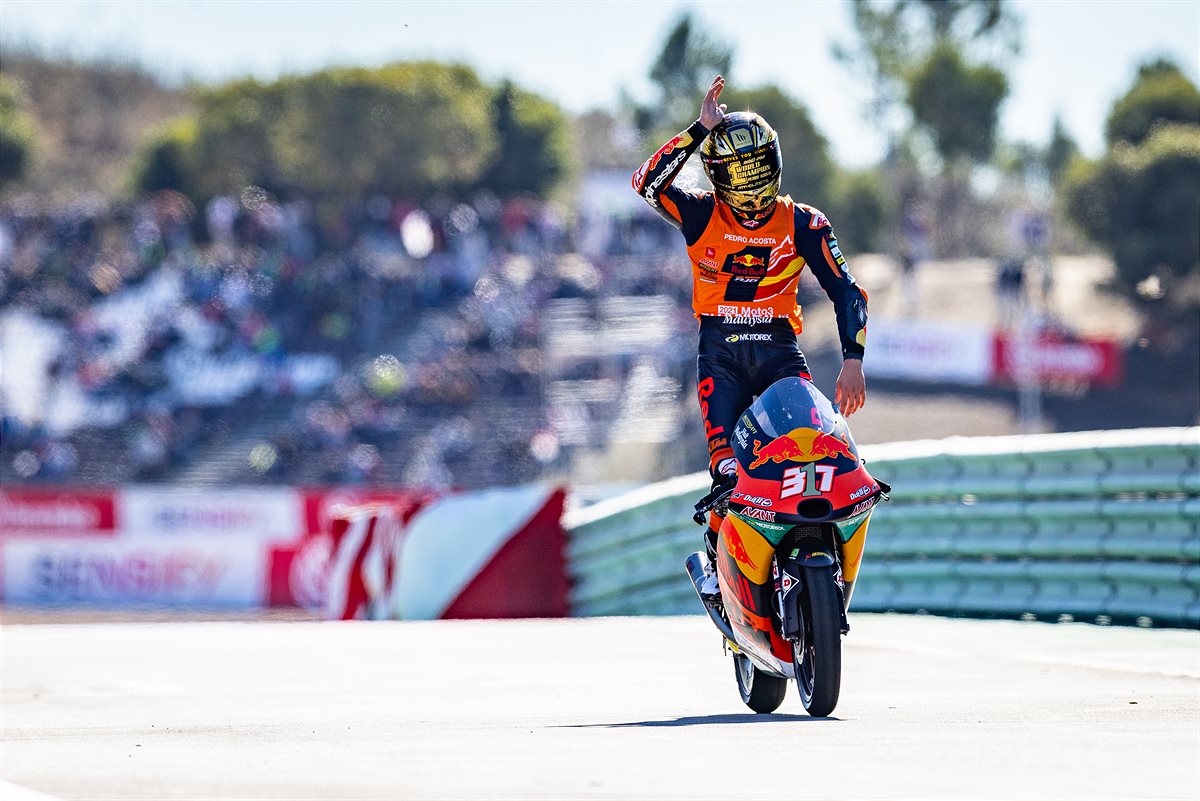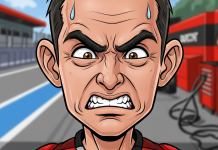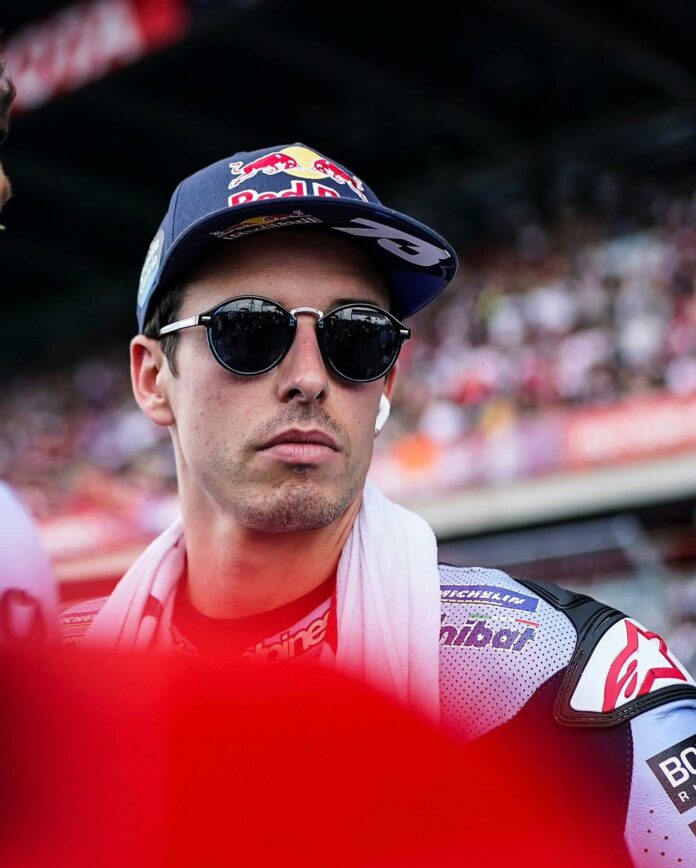Alex Márquez
In the high-octane world of MotoGP, every split-second decision, from choosing the equipment to executing strategy on the track, carries the immense weight of potential victory or the risk of unforeseen failure. The Thai MotoGP at Buriram presented a quintessential scenario, putting the spotlight on Alex Marquez of Gresini Ducati.
Opting for a medium rear tire, contrary to the hard tire chosen by his competitors, Marquez’s decision was a blend of strategy and confidence based on practice sessions and the anticipated race dynamics. Initially, this decision seemed to pay off, showcasing Marquez’s aggressive pursuit of a podium finish. However, the race’s complexion changed dramatically with Marquez’s unforeseen crash, highlighting the razor-thin line between triumph and catastrophe in MotoGP.
Alex Marquez crashed out of the Thai MotoGP while running in third place, despite using the medium rear tyre, which was the only rider to choose.
Marquez said that the tyre choice was the right one and that he was feeling good on the bike. He was planning to attack Brad Binder for second place when he crashed at Turn 12.
Marquez’s brother Marc Marquez also considered racing with the medium rear tyre but decided to go with the same choice as the other riders.
The incident with Alex Marquez during the Thai MotoGP at Buriram highlights the critical role that tire selection plays in motorcycle racing, specifically in the MotoGP. Riders, along with their teams, need to make strategic decisions based on various factors such as track temperature, race distance, and the particular characteristics of a circuit. This decision-making process is vital because it can significantly influence not only the performance of the motorcycle but also the rider’s confidence throughout the race.


Medium rear tyre
Alex Marquez’s choice to go with the medium rear tire, against the more conservative hard tire option chosen by other riders, was a calculated risk based on his practice sessions and feedback during the race weekend. His initial progress in the race validated his choice, as he was able to capitalize on the extra grip to make significant advancements. However, MotoGP races are not just about outright speed or grip; they require management of the equipment over the race distance. A softer compound might provide better performance early on but can degrade faster, impacting the bike’s behaviour and, consequently, the rider’s ability to maintain pace.
Pros of medium rear tyre:
- More grip than hard rear tyre, especially in cold or wet conditions
- Better traction for cornering and acceleration
- More comfortable ride
- Longer tread life
Cons of medium rear tyre:
- Less grip than soft rear tyre
- Shorter tread life
- Can be more difficult to control in high-performance situations
Crash
Marquez’s crash underlines another aspect of motorcycle racing: the fine line between pushing for victory and overstepping the limits of the bike, the tires, or the track conditions. He acknowledged that he was already planning his next move when the crash happened, indicating a momentary shift in focus that possibly led to a slight error, proving just how narrow the margin for error is at this level of competition.
Thai MotoGP
The reflections from both Alex and Marc Marquez after the race show the constant dilemma riders face in such high-stakes competitions. Whether it’s decision-making for tire selection or strategic planning during the race, each choice comes with inherent risks and rewards. The incident underscores the importance of not just speed and strategy, but also adaptability, focus, and the mental fortitude required in MotoGP racing. Even with all the data and experience, there’s an unpredictable element that riders navigate in real time, balancing aggression with strategy for each track and every race.































